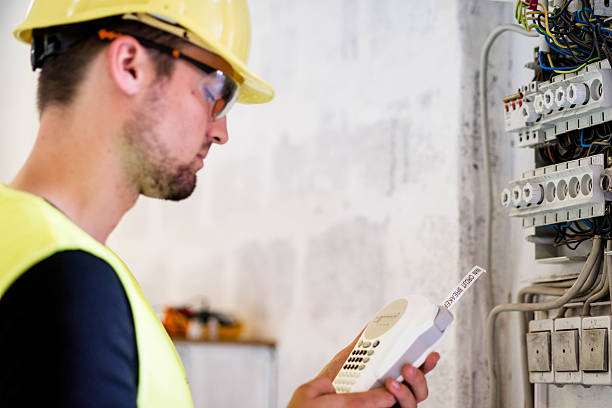In Melbourne, the Test and Tag process is an essential aspect of workplace safety. It involves inspecting and testing electrical equipment to ensure its safe operation and compliance with relevant regulations and standards. This process is crucial in preventing electrical accidents, ensuring the well-being of employees, and minimizing the risk of property damage or loss.
The Test and Tag process is conducted by qualified professionals who have received appropriate training and certification. These individuals possess the necessary knowledge and expertise to identify potential electrical hazards and take appropriate measures to mitigate them. They follow a systematic approach to inspect, test, and tag electrical equipment in accordance with industry guidelines and regulations.
The process begins with a visual inspection of the equipment. This involves examining the power cords, plugs, and overall condition of the appliance for any signs of damage or wear. The inspector checks for loose connections, exposed wires, or any other visible defects that may pose a safety risk. If any issues are identified during this initial inspection, the equipment may be deemed unsafe for use until repairs or replacements are made.
After the visual inspection, a series of electrical tests are conducted to evaluate the safety of the equipment. This includes testing for earth continuity, insulation resistance, and polarity. Earth continuity testing ensures that the equipment is properly grounded, while insulation resistance testing measures the effectiveness of the electrical insulation. Polarity testing, on the other hand, verifies the correct connection of live and neutral wires.
To carry out these tests, the inspector uses specialized testing equipment such as a portable appliance tester (PAT). This device applies specific electrical currents and voltages to the equipment under controlled conditions to assess its safety. The results of these tests are recorded and used to determine whether the equipment complies with the required safety standards.
Once the testing is complete, a tag is affixed to the equipment indicating its inspection and test status. This tag contains important information such as the date of inspection, the name of the inspector, and the next scheduled test date. This tag serves as a visual indicator for employees and employers to easily identify the equipment’s safety status.
It is important to note that the Test and Tag process must be conducted regularly to ensure ongoing safety compliance. The frequency of testing depends on the type of equipment and the environment in which it is used. High-risk equipment, such as power tools or equipment used in hazardous environments, may require more frequent testing compared to low-risk equipment like office appliances.
The Test and Tag Melbourne process is not only important for workplace safety but also a legal requirement. The Occupational Health and Safety Act (2004) and the Electrical Safety Act (1998) outline the obligations of employers and employees to ensure electrical safety in the workplace. Failure to comply with these regulations can result in hefty fines and legal consequences.
In conclusion, understanding Melbourne’s Test and Tag process is crucial for maintaining a safe working environment. This process involves a thorough inspection, electrical testing, and equipment tagging to ensure compliance with safety standards. By adhering to these procedures, employers can minimize the risk of electrical accidents, protect their employees, and comply with legal obligations.
